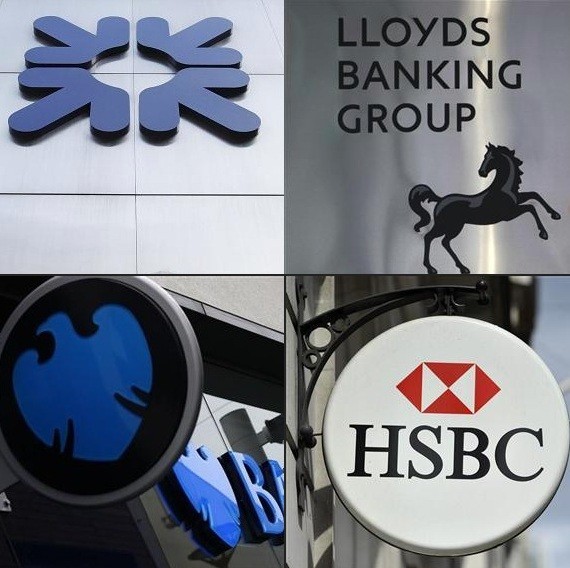
These four banks paid a total of £55.8bn to resolve conduct and litigation issues for the five year period starting 2010
ReutersThe total amount these four banks paid to resolve the so-called conduct and litigation issues was £55.8bn for the five-year period starting 2010. This cost primarily relates to the penalty levied on them for rigging foreign exchange markets and Libor.
The cost includes the compensation paid by the four banks to customers for mis-selling payment protection insurance (PPI), also known as credit insurance, which is a product that allows consumers to insure repayment of credit if the borrower meets with certain circumstances such as death, illness, job loss or others that would prevent them from earning income to service the debt.
This amount represents a bulk of the total £62.5bn incurred by all UK banks towards legal expenses during the same period. The rating agency explained: "This staggering amount represents around 9% of these banks' revenues during this period and about 90% of all conduct and litigation charges for the UK banking system," according to the Guardian.
S&P added that 2016 would be the "last year for mega charges" for UK banks. "We maintain our view that 2016 will likely be the last year for mega conduct and litigation charges. That said, we also believe that conduct and litigation matters have become a 'way of life' for UK banks," S&P said.
The reason behind its belief was partly because the PPI scandal, which had totalled £34bn, was expected to ease off. "We do not believe that future retail conduct redress, including relatively new issues such as packaged bank accounts, will come close to the scale of PPI," the ratings agency added.

Post a Comment